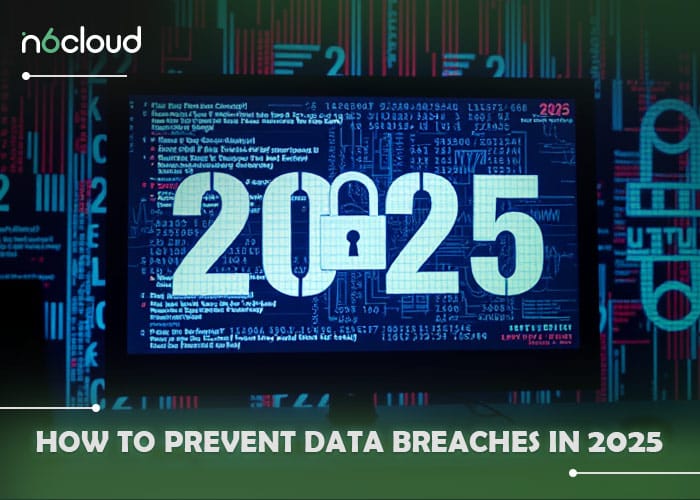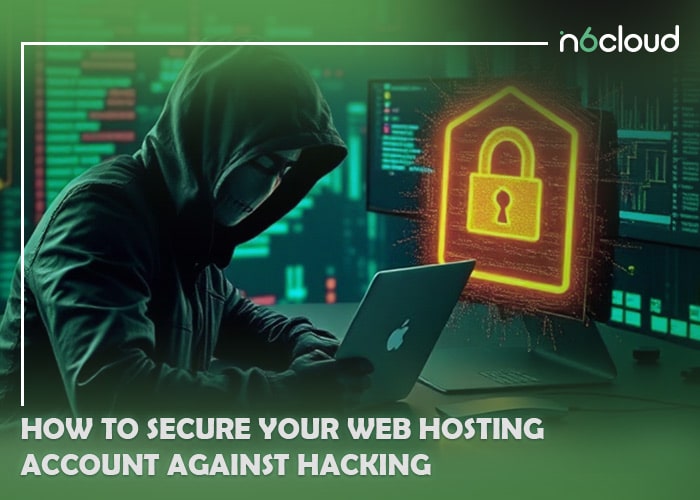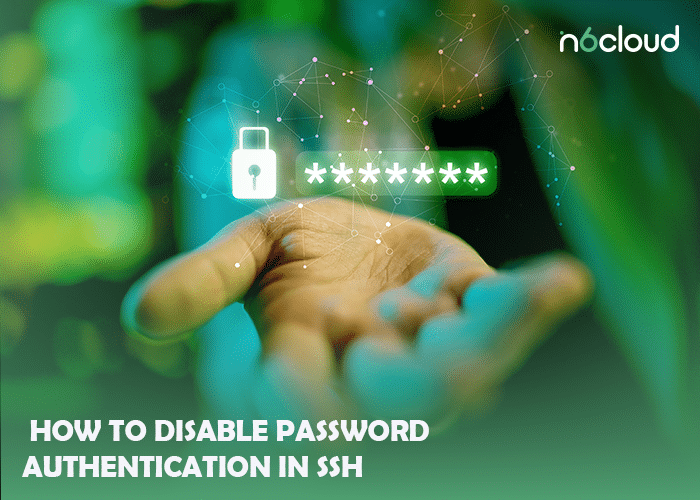As we look ahead to the year 2025, the world of cyberspace is not only advancing at a rapid pace, but the threats to our personal and professional information are also growing. It is no longer a question of if there will be a data breach; rather, it is now a question of when it will happen—and the aftermath is likely to be more severe than ever. Whether it is stealing someone’s credit card information or leaking sensitive information shared by the company, the result of a data breach is always to be feared. With cyber attacks becoming more and more sophisticated, how do you protect yourself in this world?
This article will focus on how these growing risks can be analyzed, what companies and consumers can do in order to mitigate these risks, and what resources would be useful.
Why Data Breaches Matter More Than Ever
Data breaches can have wide-ranging consequences. For companies, they can cause significant financial fines, litigation, and permanent damage to their reputation. Losses can range from hundreds of thousands to millions of dollars, and frequently, the loss of consumer confidence is so extensive that it may take years to regain.
For individuals, the repercussions can be even more personal. Stolen data—whether it’s individual, bank, or accounting data, or sensitive numbers such as Social Security or credit/debit card details—can result in identity theft, fraud, and months (or even years) of financial and emotional rehabilitation.

The truth is that data breaches go far beyond just computers—they are public safety and personal safety issues in their own right.
Where Do Data Breaches Come From?
Data breaches come from both external threats and internal vulnerabilities.

External Threats
Social engineering methods are commonly used by cybercriminals to deceive individuals and obtain their sensitive information. These external threats have been developing at an accelerating pace.
One of the most frequent forms of external attack, phishing involves using deceptive emails, SMS messages, or websites to impersonate trustworthy organizations and prompt people to provide passwords or other pieces of personally identifiable information. As phishing attacks get more complicated, it is becoming increasingly difficult to distinguish the fake from the real.

Another major risk is malware—malicious software designed to disrupt, damage, or gain unauthorized access to computer systems. Ransomware attacks, which lock up your data until you pay a ransom, have skyrocketed in recent years, affecting both individuals and organizations globally.
Internal Threats
Although external threats dominate the news, it is often internal vulnerabilities that contribute the most to data breaches. According to many cybersecurity professionals, the most destructive hacks are the result of blunders from inside.
Whether it’s a misplaced email, poorly configured security settings, or a lack of knowledge about cybersecurity best practices, human mistakes are often to blame. The convenience of clicking on a phishing link or downloading a questionable file without a second thought can create vulnerabilities, giving cybercriminals an open door.

Outdated systems and software also leave gaps in security. Cybercriminals particularly hunt for these unpatched vulnerabilities, making it of great importance to keep systems up-to-date with the latest security patches.
Lost or Stolen Devices
As people increasingly work from home and use mobile phones for everything from email to banking, laptops, smartphones, and tablets are prime targets for cybercriminals. Since these devices are often not encrypted or password-protected, they are susceptible to abuse by hackers seeking important data.
How to Build an Effective Data Breach Prevention Plan
Preventing a data breach goes far beyond just having antivirus software or setting up a firewall. A multi-level approach—including technology, policy, and training—is required. Let’s break down some key steps.

- Implement Layered Security
A single defense isn’t enough in today’s threat landscape. The best way to prevent data breaches is through layered security—using multiple protective measures to keep attackers at bay.
- Encryption: Encryption is one of the most effective techniques of safeguarding personal data. Regardless of whether the data is at rest (stored) or in motion (transferring), encryption assures that such data remains indecipherable to any party lacking the ability to decrypt such data.
- Antivirus Software and Firewalls: Core protections, e.g., firewalls, antivirus, are still the entry point for the first line of defense, blocking access from unauthorized partners and malicious software from getting on your systems.
- Multi-Factor Authentication (MFA): MFA introduces a further layer of security that imposes some form of identity element other than a password. Even if hackers steal your password, they will be unable to access your account without the second step of verification (e.g., a code sent to your mobile phone).
- Regular Software Updates: Cybercriminals love exploiting outdated software. Keeping your systems and applications up to date with the newest security mitigations will minimise the risks of security exploitation.

- Invest in Employee Training and Awareness
Human factors continue to be one of the most significant risk factors relating to preventing data breaches. Employees are also often victims of phishing scams and could unintentionally release sensitive information by accident.
Through implementing periodic cybersecurity training, organisations can mitigate the risk of human error causing a breach. Training contents should include the ability to detect phishing emails, the ability to generate complex passwords and the basic ability to follow security best practices when storing sensitive information.

- Develop an Incident Response Plan
Even the most robust security systems can be breached. That’s why an action plan must be in place to reduce damage. During a data breach, a prompt and structured response is crucial in stopping the situation and notifying affected individuals.
It’s important to note that a business should have an organized incident response team and invest in technologies that help identify breaches early. The sooner a breach is detected and remediated, the less damage it will cause.
- Reliable Web Hosting is Key to Data Security
One of the most critical steps in safeguarding your website and data is choosing a secure and reliable web hosting service. A reputable web hosting service with strong security protocols can mitigate the risks of hacking, data loss, and breaches.
Top Tips for Data Breach Prevention in 2025
The digital threats of 2025 demand more than traditional cybersecurity. To stay ahead, consider these proactive measures:
Adopt a Zero-Trust Security Model: In a zero-trust paradigm, no one-inside or outside of organization-is trusted by default. Security is constantly checked and verified for every access request.
Limit Access to Sensitive Data: Perform the principle of least privilege (PoLP) to restrict access only as required. Using this method it is very unlikely that an employee will be exposed if the employee’s credentials are hacked.
Secure Mobile Devices:As mobile devices are becoming increasingly central to work and daily life, their security plays an important role. Enforce strong passwords, implement device encryption, and provide remote wipe functionality to safeguard data in the event of loss or theft.
Conduct Regular Security Audits: Cybersecurity is an ongoing effort. Standardised audits can help to identify new news vulnerabilities, measure risk, and confirm that your security controls are updated in response to the new threats of the day.

Fortunately, there are many tools available that individuals and corporations can use to protect their information.
Essential Tools for Data Breach Prevention
Here’s how key tools can fortify your cybersecurity defenses:
DLP Tools (Data Loss Prevention): Tools, such as Symantec DLP and McAfee Total Protection for DLP, are being used to monitor and manage the flow of sensitive data, for example, to block employees from emailing sensitive documents or uploading them to the uncontrolled cloud services.
IAM Solutions (Identity and Access Management): Demand-driven solutions such as Okta, Microsoft Azure Active Directory and Ping Identity offer cloud-based access governance with features such as single sign-on (SSO) and multi-factor authentication (MFA) to protect critical data.
Encryption Tools: Applications such as VeraCrypt (file and disk encryption), and BitLocker (for Windows based systems), guarantee that sensitive data on portable devices is preserved, in spite of device loss or theft.
SIEM Solutions (Security Information and Event Management): Platforms like Splunk, IBM QRadar, and ArcSight provide real-time threat monitoring and analysis, enabling businesses to respond to potential attacks before they cause significant damage.

Final Thoughts
In this article from n6cloud, we discuss how to prevent data breaches in 2025. Data breach prevention in 2025 is of the highest urgency and demands a proactive, multi-layered approach. Using robust security, training your staff, and having an established incident response plan, you can substantially decrease your risk. Despite the fact that no system is 100% unbreakable, the most important thing is to watch out and be ready. In a constantly evolving digital landscape, this is your best defense.



